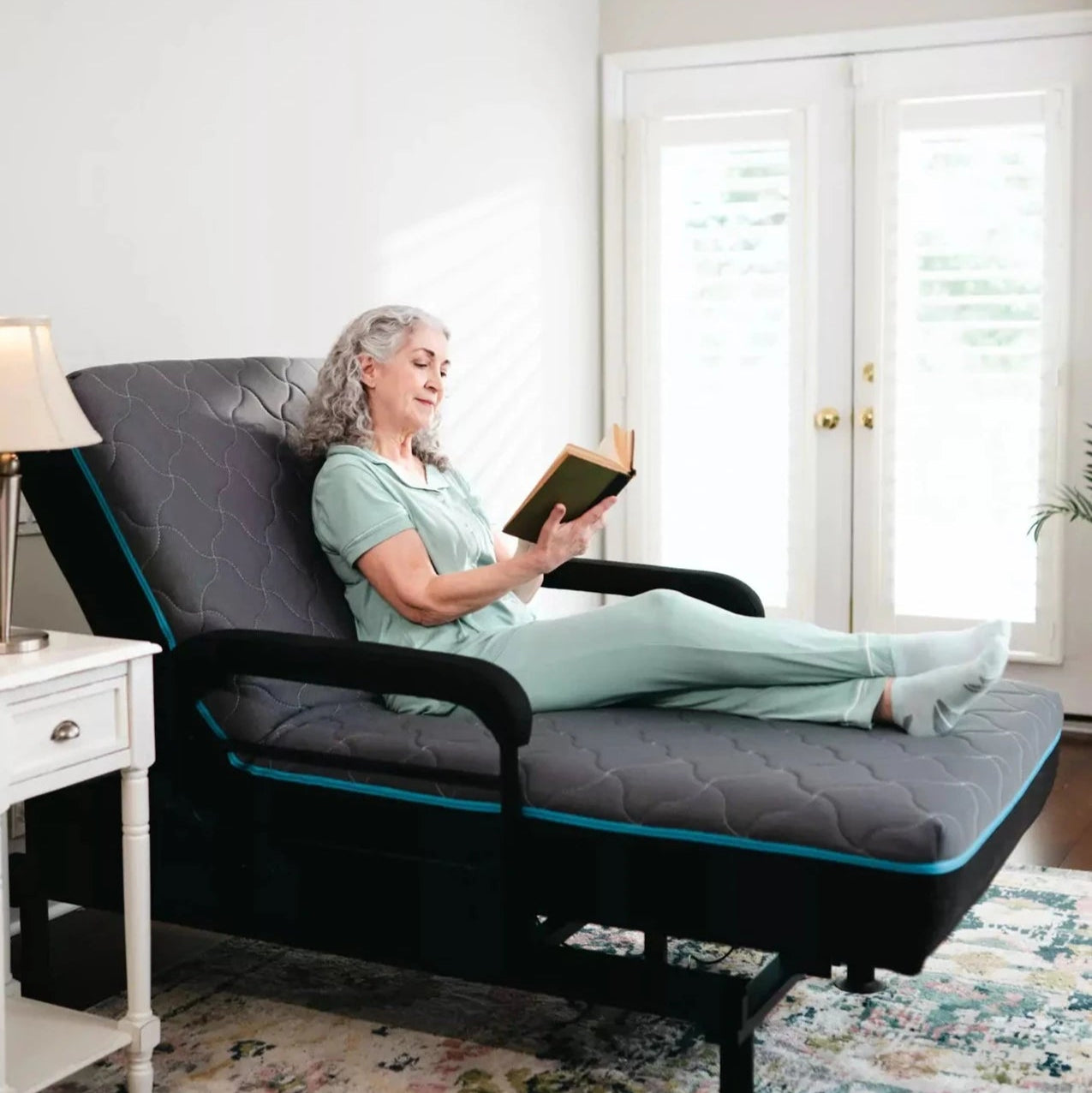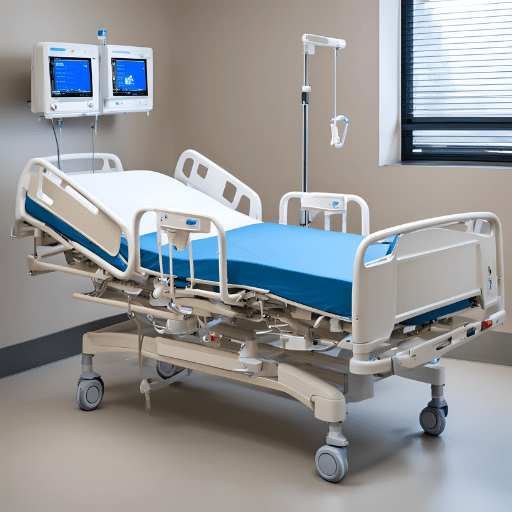6 Simple Techniques For Hospital Beds For Home Use
Everything about Hospital Beds For Home Use
Table of ContentsAll About Hospital Beds For Home UseThe Hospital Beds For Home Use DiariesAbout Hospital Beds For Home UseThe Ultimate Guide To Hospital Beds For Home UseFacts About Hospital Beds For Home Use RevealedAll About Hospital Beds For Home UseHospital Beds For Home Use - Questions
There are 3 primary types of healthcare facility beds: handbook, semi-electric, and fully-electric. Nonetheless, more kinds of clinical beds exist and they are listed here. These beds utilize hand cranks to readjust the bed's elevation and elevate and lower the head and the foot. Hand cranks are commonly found at the foot of the bed and require a person that is literally qualified of operating.
Semi-electric beds have an electrical motor to increase and reduce the head and foot portions of the bed (hospital beds for home use). Full-electric beds have an electric motor that can elevate the head and foot sections of the bed as well as the whole elevation and positioning of the bed.
Some Known Questions About Hospital Beds For Home Use.
Some models can also relocate right into more placements, such as the Trendelenburg (tilt) placement. There are a number of kinds of hospital beds, each developed to satisfy specific client needs. Here are some common types: This is one of the most usual kind of healthcare facility bed, developed for general medical use. It has a guidebook or electrically flexible headrest, foot rest, and elevation.
Lower to the ground than a standard bed. This kind of bed is created for bigger people, with a broader structure and higher weight capability than a basic bed.
This type of bed is created for seriously ill individuals who call for open monitoring and specialized medical equipment such as ventilators and mixture pumps. This kind of bed is created for use throughout labor and shipment, with flexible placements and functions to support the mommy and baby during the birth procedure.
See This Report on Hospital Beds For Home Use
Numerous feature and the devices perform expanding grip to various components of the vertebra and the extremities without relocating the body. These are just a couple of instances of the sorts of healthcare facility beds available. The details kind of bed utilized will certainly depend upon the individual's problem, clinical demands, and various other aspects.
Here is the important things you require to understand. A one-function medical facility bed is a medical bed that enables a client to move just the head or foot area up or down. A 2 function medical facility bed normally describes a kind of clinical bed that has 2 adjustable functions to assist individuals in healthcare facilities or treatment facilities.

Our Hospital Beds For Home Use Diaries
A 7-function ICU bed is a kind of clinical bed that provides numerous adjustable features to sustain seriously sick patients in a critical care unit (ICU) (hospital beds for home use). The seven features normally include: Back-rest change: The backrest can be adapted to different angles to assist the patient stay up or exist down pleasantly
Height change: The bed can be raised or reduced to make it simpler for patients to get in and out of bed, and for caretakers to offer treatment. Trendelenburg placement: The whole bed can be slanted to advertise blood circulation and circulation in the body. Reverse Trendelenburg setting: The bed can additionally be tilted in the contrary instructions to promote blood circulation and blood circulation in the top body.
While click this site more budget friendly than electric designs, these beds require physical effort for adjustments. The primary advantages of hands-on beds are their price and dependability, as they don't count on power. However, the demand for hand-operated effort can be a restriction in circumstances where fast changes are essential or where caregivers face physical challenges.
More About Hospital Beds For Home Use
Semi-electric healthcare facility beds provide an equilibrium of handbook and electric controls. These beds supply an ideal middle ground in between manual and completely electric choices, using ease of use without the full cost of electrical versions.
Semi-electric beds are well-suited for patients who need moderate adjustments to the head and foot areas but can take care of without regular height adjustments. This makes them a cost-effective solution for those looking for convenience and ease without the need for consistent repositioning. Fully electric healthcare facility this article beds feature electrical more tips here controls for smooth modifications to the height, head, and foot sections.
Specialized medical facility beds, such as ICU beds, long-lasting treatment beds, and bariatric beds, are meticulously developed to attend to details clinical requirements. These beds offer customized take care of diverse individual teams, improving both results and convenience. In the adhering to sections, we will certainly discover the main kinds of specialty healthcare facility beds, describing their details advantages and applications.
With years of experience in producing electrical linear actuators - hospital beds for home use and close cooperation with the health care market, TiMOTION is well-positioned to give reliable medical care services. Our up and down integrated company manages every action of the manufacturing process, from layout to actuator setting up, guaranteeing we provide exceptional worth and personalized solutions customized to your details needs
The 20-Second Trick For Hospital Beds For Home Use

To get more information regarding incorporating these modern technologies right into your items, contact us today. Further analysis:.
Data is sourced from the Medicare Expense Record.

The 4-Minute Rule for Hospital Beds For Home Use
A health center bed is a bed created specifically for medical functions. It is not just a place for individuals to rest, yet also a system for medical operations. Unlike ordinary home beds, health center beds usually have flexible attributes, which can facilitate medical staff to make different modifications according to the demands of patients, such as altering the height, disposition, and assistance angle of the back and legs of the bed.